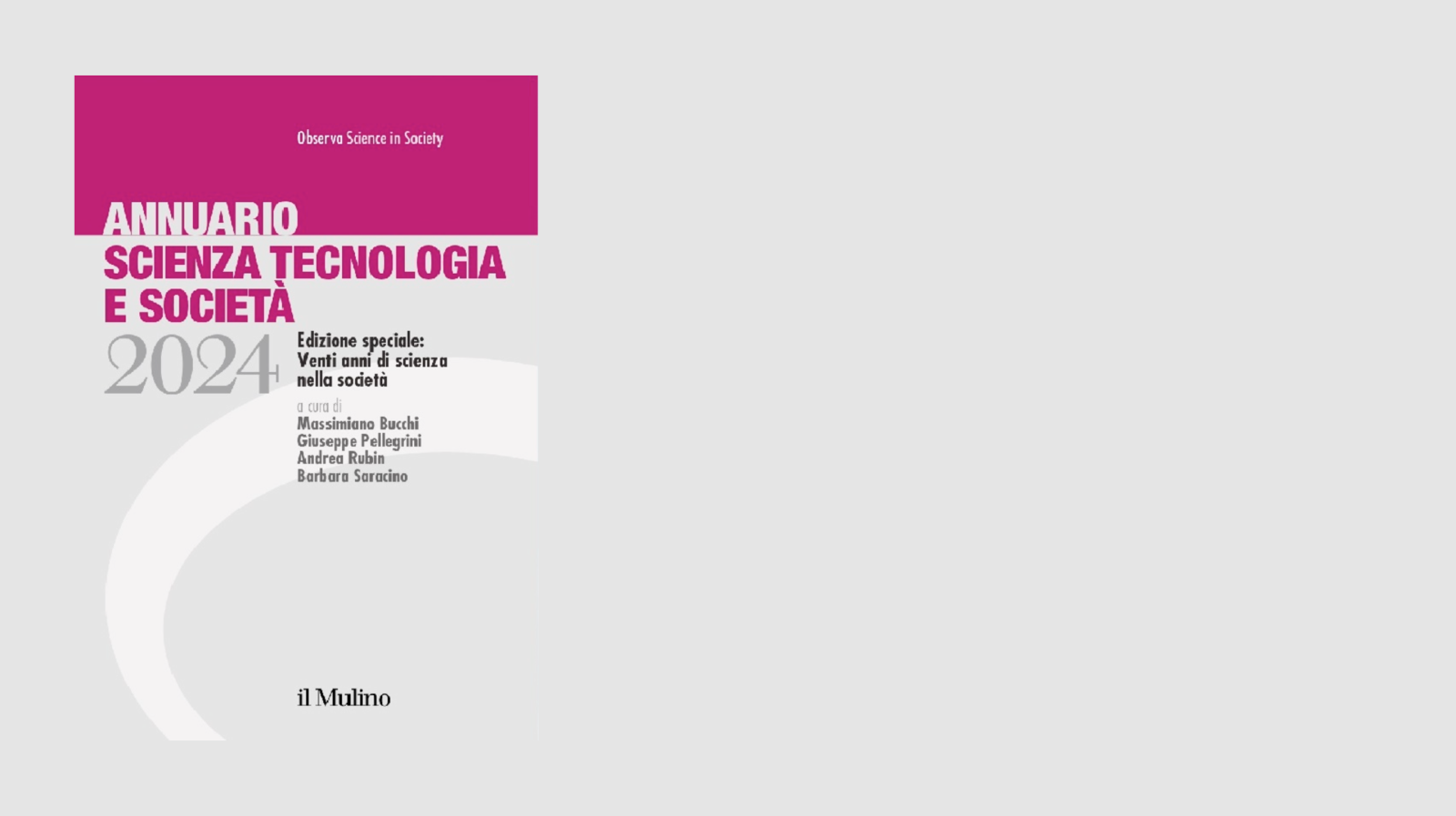New results to be presented today at the European Physical Society's High Energy Physics conference (EPS-HEP 2013) in Stockholm, Sweden, have put the Standard Model of particle physics to one of its most stringent tests to date. The CMS and LHCb experiments at CERN’s Large Hadron Collider (LHC) will present measurements of one of the rarest measureable processes in physics: the decay of a Bs (pronounced B-sub-s) particle into two muons.
The new measurements show that only a handful of Bs particles per billion decay into pairs of muons. Because the process is so rare, it is an extremely sensitive probe for new physics beyond the Standard Model. Any divergence from the Standard Model prediction would be a clear sign of something new.
Both experiments will present results to a very high level of statistical significance (over 4 sigma for each experiment). These results are in good agreement with the Standard Model.
“This is a great result for LHCb,” says LHCb spokesperson Pierluigi Campana. “It’s precisely for measurements like this that LHCb was built. This result shows that we’re really putting the Standard Model to the most stringent test yet at LHC energies, and so far it’s coming through with flying colours.”
The Standard Model has been pieced together over a period of over 40 years. It is a remarkably successful theory that accurately predicts the behaviour of the fundamental particles, and has been put to the test experimentally with great precision. But the Standard Model is not the end of the story: it does not account for gravity, for example, and it does not describe the so-called dark universe. Only around 5% of our universe consists of the kind of visible matter described by the Standard Model. The rest is made up of dark matter and energy, whose presence is deduced from the influence they have on the ordinary, visible matter.
“This is a process that particle physicists have been trying to find for 25 years,” says CMS spokesperson Joe Incandela. “It demonstrates the incredible capability of the LHC and experiments like CMS that are able to detect such a rare process involving a particle with a mass that is roughly 1000 times smaller than the masses of the heaviest particles we are searching for now.”
Although these new results are a further feather in the cap of the Standard Model, the door is still very much open for new physics. One popular theory is known as supersymmetry, SUSY for short. It postulates the existence of a new type of particle for every Standard Model particle we know, and some of these particles would have just the right properties to make up a large part of the dark universe. There are many SUSY models in circulation, and SUSY is just one of many theoretical routes to physics beyond the Standard Model. Today’s measurements allow physicists to sort between them. Many are incompatible with the new measurements, and so must be discarded, allowing the theory community to work on those that are still in the running.

